Transform Your Space with Smart Design Choices
It takes no huge budget to create a gorgeous home, but some interior design concepts will make even the fanciest spaces appear cheap and ill-conceived. From living room interior design to total house interior design transformation, steering clear from these interior design blunders will take your space to the next level.
Your home is your haven, and each interior design decision you make should be an expression of sophistication and consideration. Having assisted hundreds of homeowners in remodeling their homes during our 15+ years of experience, we've pinpointed the most typical errors that will immediately make any home look inexpensive.
Let's get into these essential interior design concepts that might be undermining your space.
1Having Too Many Small Decorative Pieces
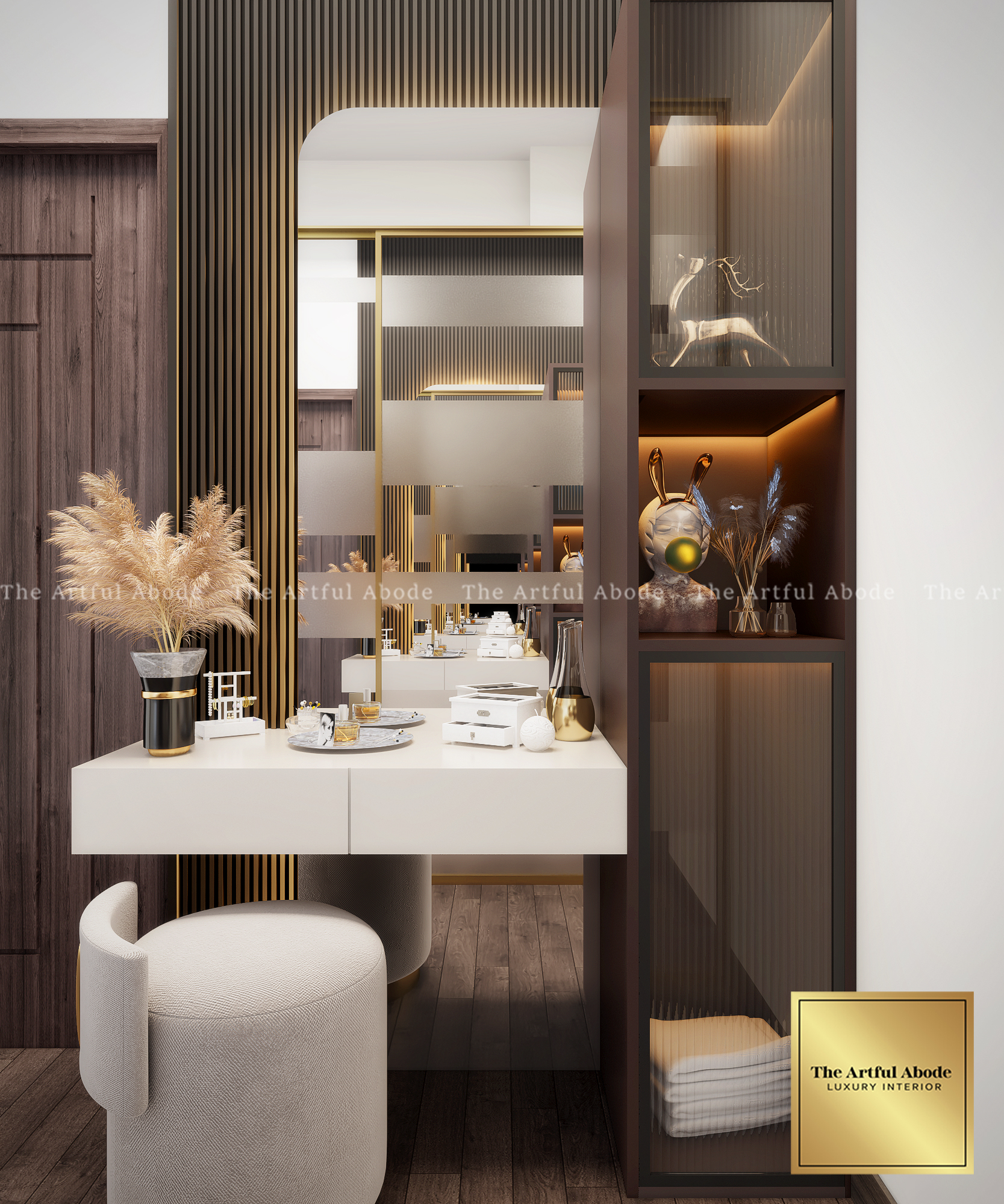
Overlapping surfaces with numerous tiny accessories, baubles, and ornamentations results in visual disarray and causes your room to resemble a souvenir store instead of a well-thought-out home. This method overstimulates the eye and keeps it from being able to land on one thing in particular effectively, according to Better Homes & Gardens in their small space decorating guide.
How to Fix: Adhere to the "rule of three" by bunching items in odd quantities and having lots of space between. Select fewer, better-quality items that make an impact. This easy interior design tip can revolutionize any room instantly. When designing your living room interior design, spend money on 2-3 statement items instead of 20 little ones.
2Poor Lighting Choices
Dependence on pure overhead light or wrong color temperature bulbs alone makes even luxurious materials appear artificial and off-putting. Poor lighting is a basic house interior design error which experts always fix first.
How to Fix: Layer your lighting with ambient, task, and accent lighting. Utilize warm white bulbs (2700K-3000K) in living areas and add table lamps, floor lamps, and wall sconces. Architectural Digest states that good lighting can boost the home's perceived value by as much as 20%.
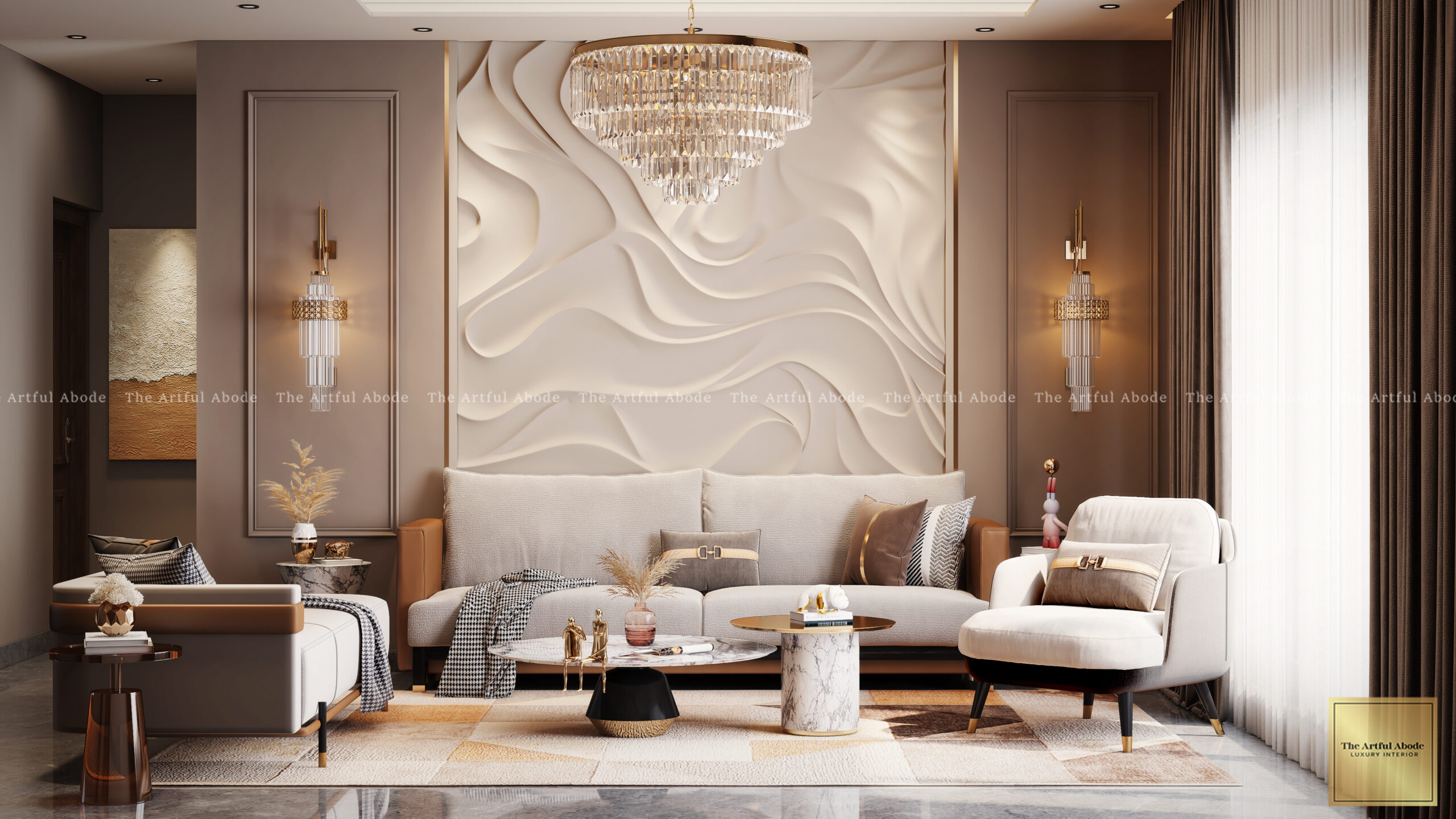
3Forgetting Scale and Proportion

Selecting room furniture that's either too big or too little creates awkward, imbalanced spaces, no matter how pricey single pieces may be. Poor scale is one living room interior design blunder that's readily prevented through careful planning. House Beautiful points out that achieving proportions is key to making beautiful spaces.
How to Fix: Take your measurements carefully and select furniture that will proportionately fit. Your coffee table should be roughly 2/3 as long as your sofa, and area rugs must be big enough for at least the front legs of furniture to rest upon. In designing your house interior, consider that larger is not necessarily better - it's finding what will work best for your space.
4Picking the Wrong Color Paint
Picking too bright, too dark, or badly matching colors throughout your home makes rooms seem smaller, darker, or visually disturbing. Incorrect paint selection can ruin even the most effective interior design concepts. Sherwin-Williams studies indicate that well-coordinated color schemes greatly contribute to rooms' perceived space and cost.
How to Fix: Maintain a unifying color scheme in your home with the 60-30-10 rule: 60% dominant neutral tone, 30% secondary tone, and 10% accent tone. Our interior designers at The Artful Abode always suggest trying out paint colors under various lighting conditions before making a final choice.
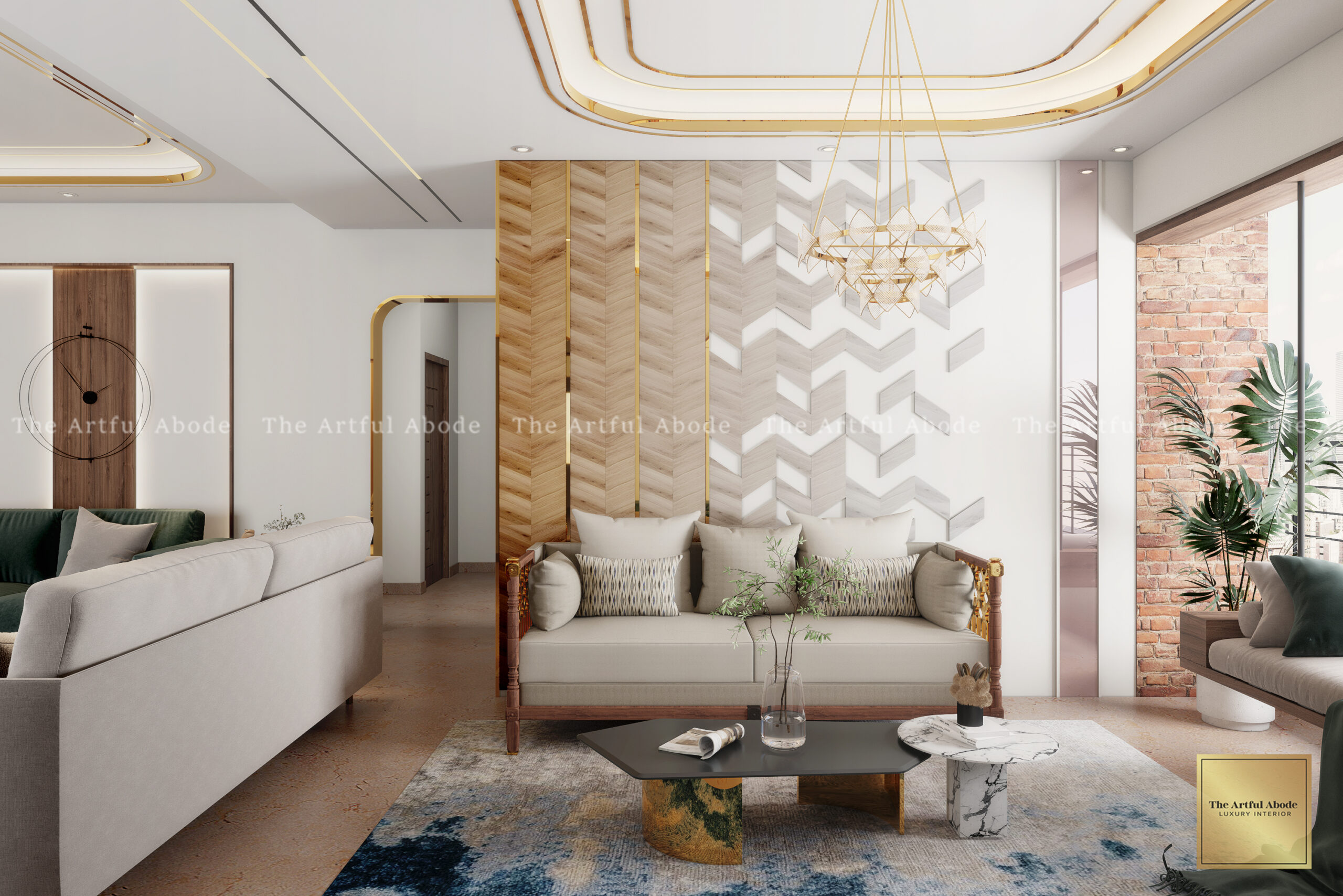
5Hanging Artwork Too High
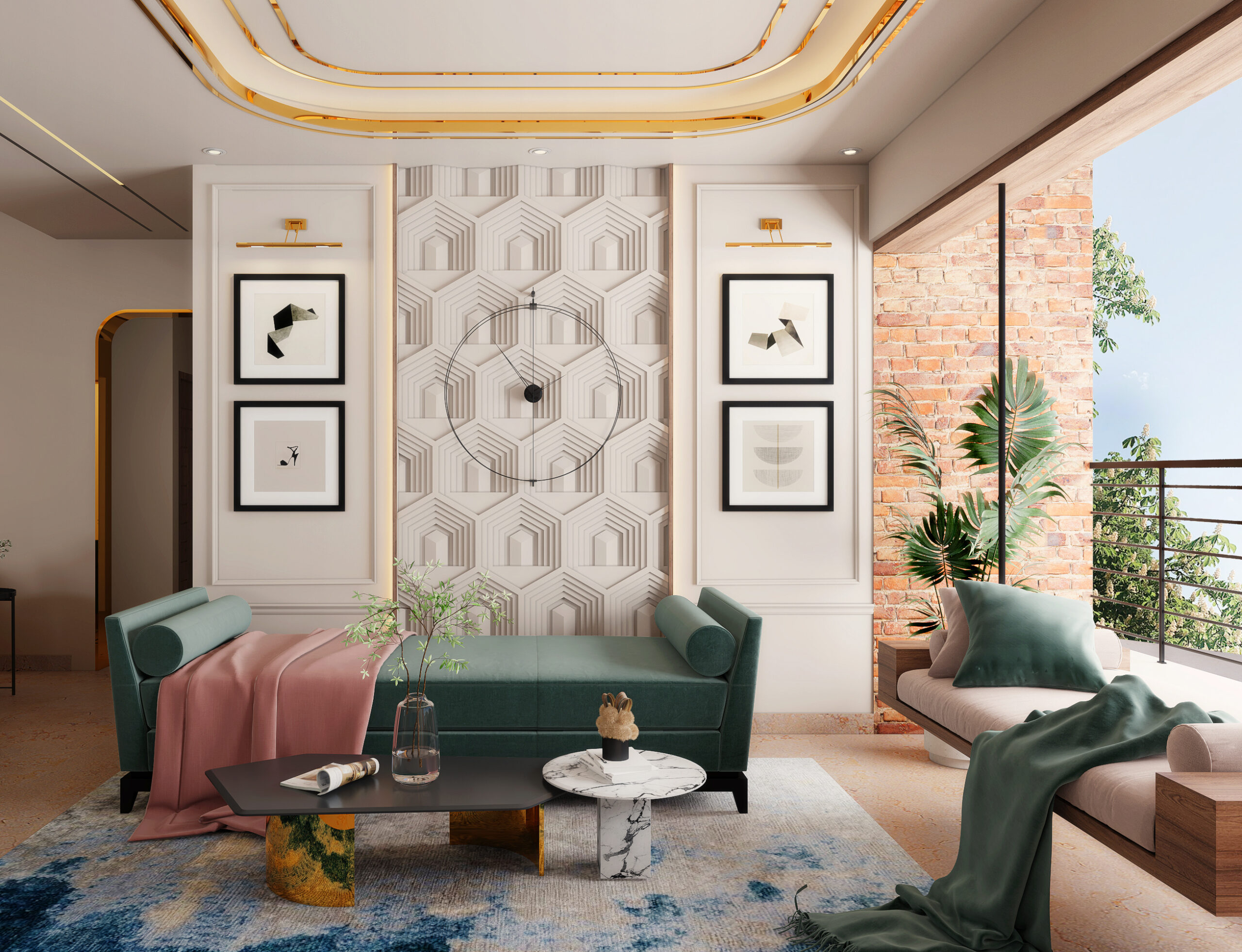
Hanging artwork, mirrors, and wall decorations too high creates uncomfortable visual gaps and makes rooms appear disconnected. This little-known interior design concept can make spaces look instantly more sophisticated when fixed correctly. Real Simple illustrates that correct placement of artwork is among the simplest means of improving any room's look.
How to Fix: Hang artwork at eye level - most often 57-60 inches from floor to center of piece. For gallery walls, leave 2-3 inches between frames for visual flow.
6Utilizing Fake Plants and Flowers
Placing your home with obviously fake artificial greenery makes a stark first impression of cost-cutting decorating. Cheap imitation plants do not have the vitality and life that genuine plants bring to an area, and tend to dust in glaring manners.
How to Fix: Use real plants adapted to your lighting, or high-quality artificial ones put in places where they will not be scrutinized. For those who have difficulty with plant maintenance, include low-maintenance plants such as snake plants or pothos in your bedroom interior design.
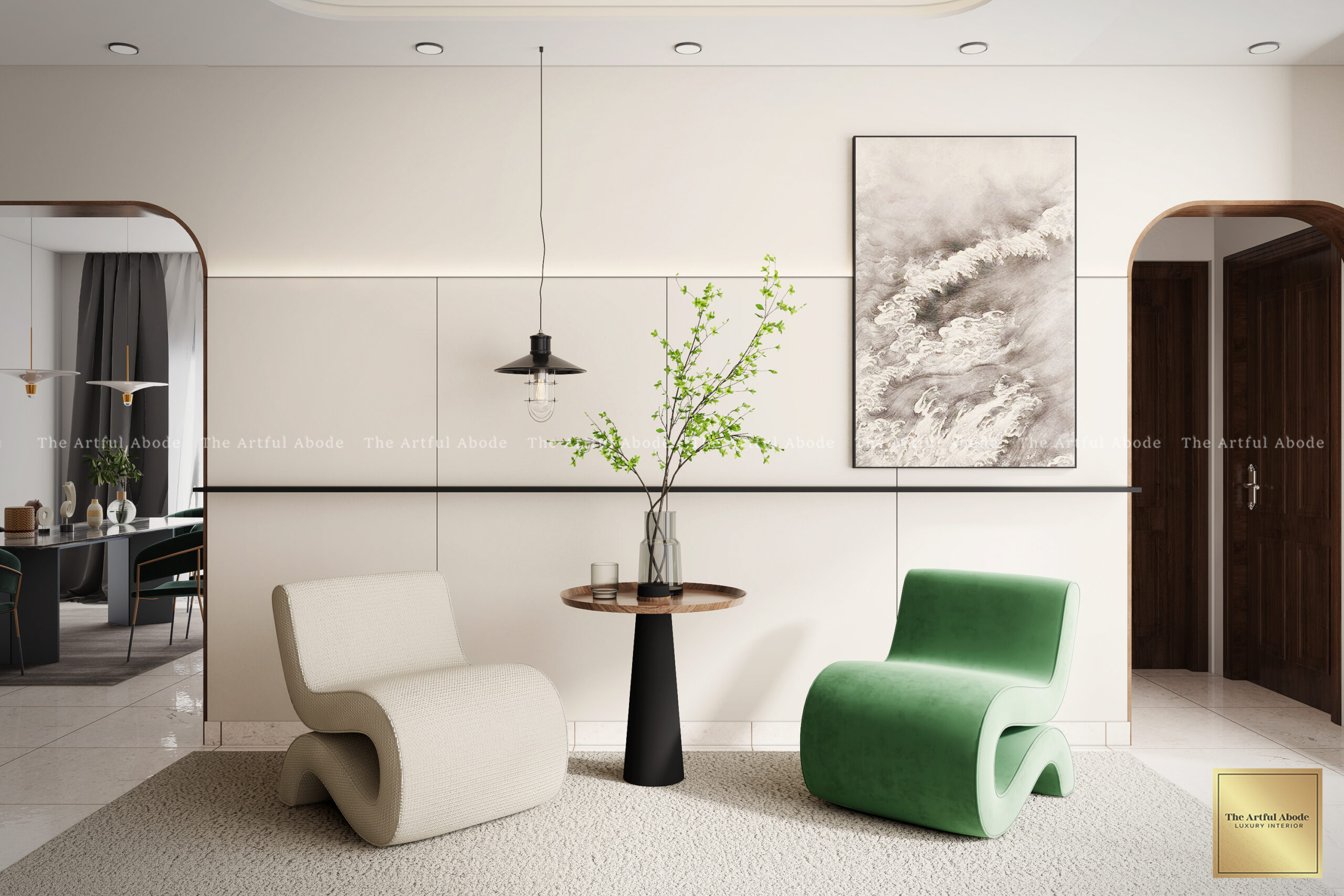
7Mismatched or Cheap-Looking Hardware
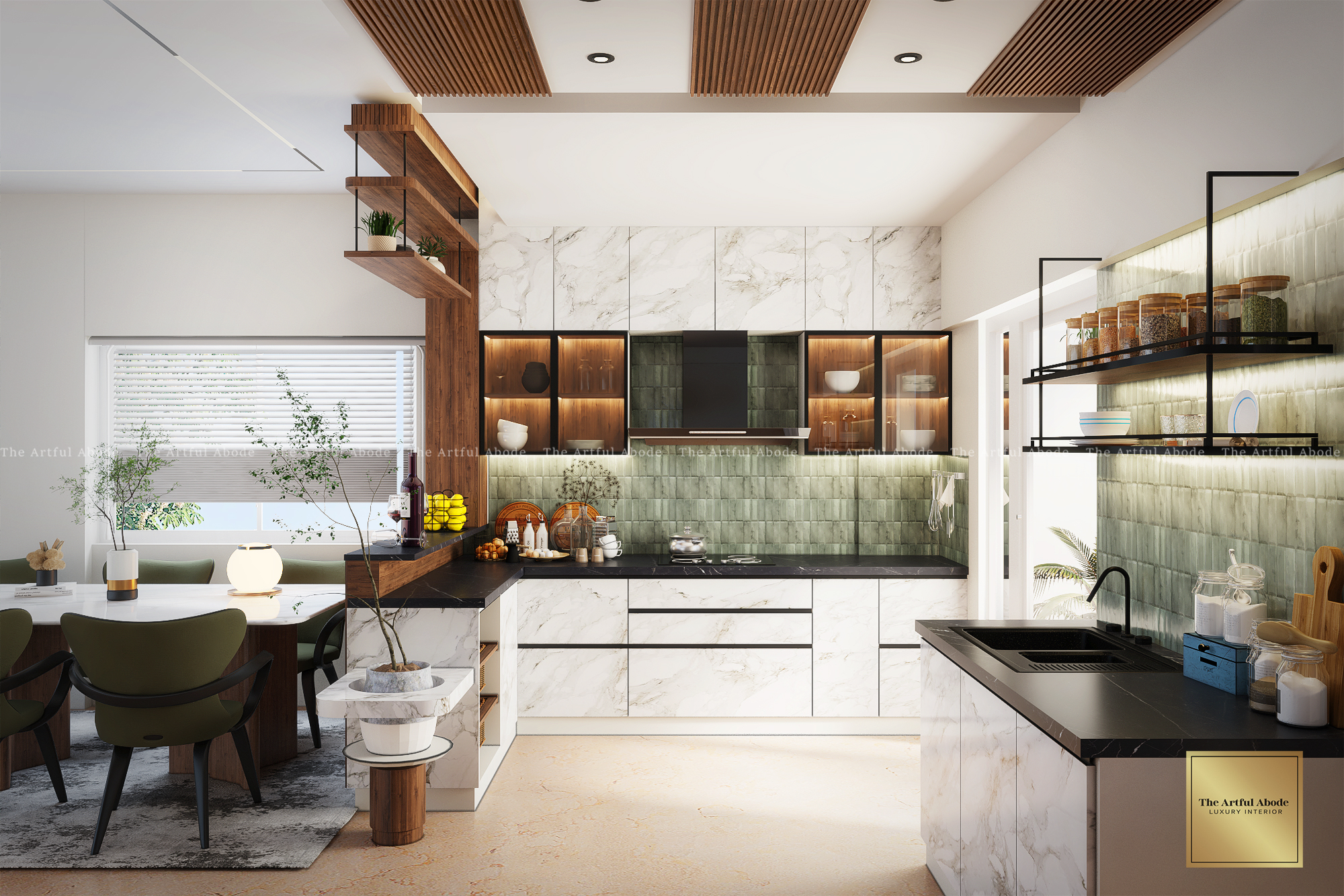
Blending various finishes in a haphazard way or applying builder-grade hardware across your entire house attracts attention for all the wrong reasons. Scattered or subpar hardware produces a disjointed, uncompleted look that overshadows your other interior design concepts.
How to Fix: Select 2-3 finishes at the most and employ them uniformly throughout your dwelling. Upgrade cabinet pulls, door handles, and lighting fixtures to produce a consistent, upscale appearance. Focus on these details makes amateur work distinguishable from professional house interior design.
8Omission of Window Treatments
Employing inexpensive blinds, hanging curtains too low, or forgoing window treatments altogether makes entire rooms appear incomplete. Windows are architectural details that should be noticed, and subpar treatments are a lost chance to insert polish.
How to Fix: Hang curtains near the ceiling and hang them past the window frame. Use good-quality fabrics and layer blinds with curtains for convenience. According to research conducted by the National Association of Home Builders, quality window treatments can add up to 12-15% in perceived value to a home. This is true for small bedroom interior design solutions as well as for larger living rooms.
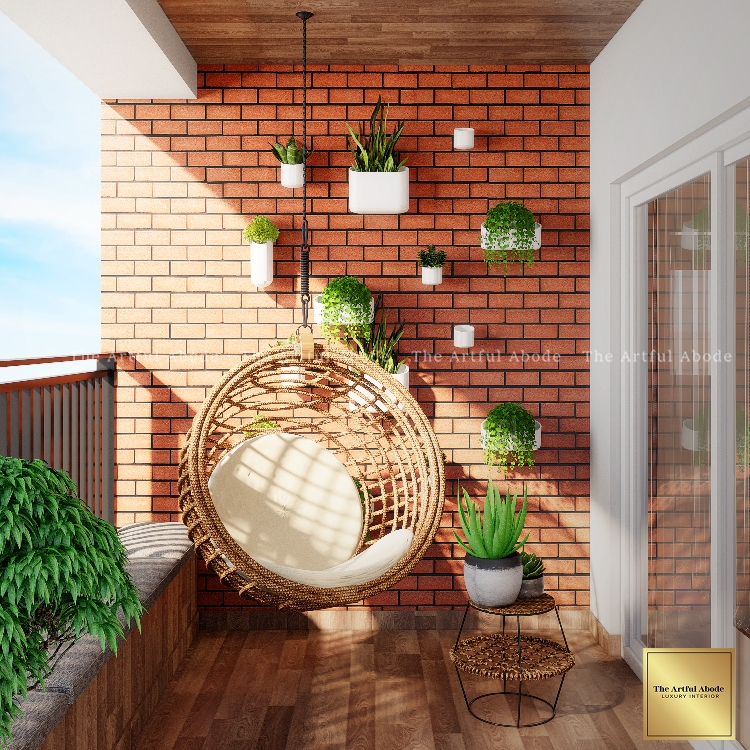
9Over-Matching Everything
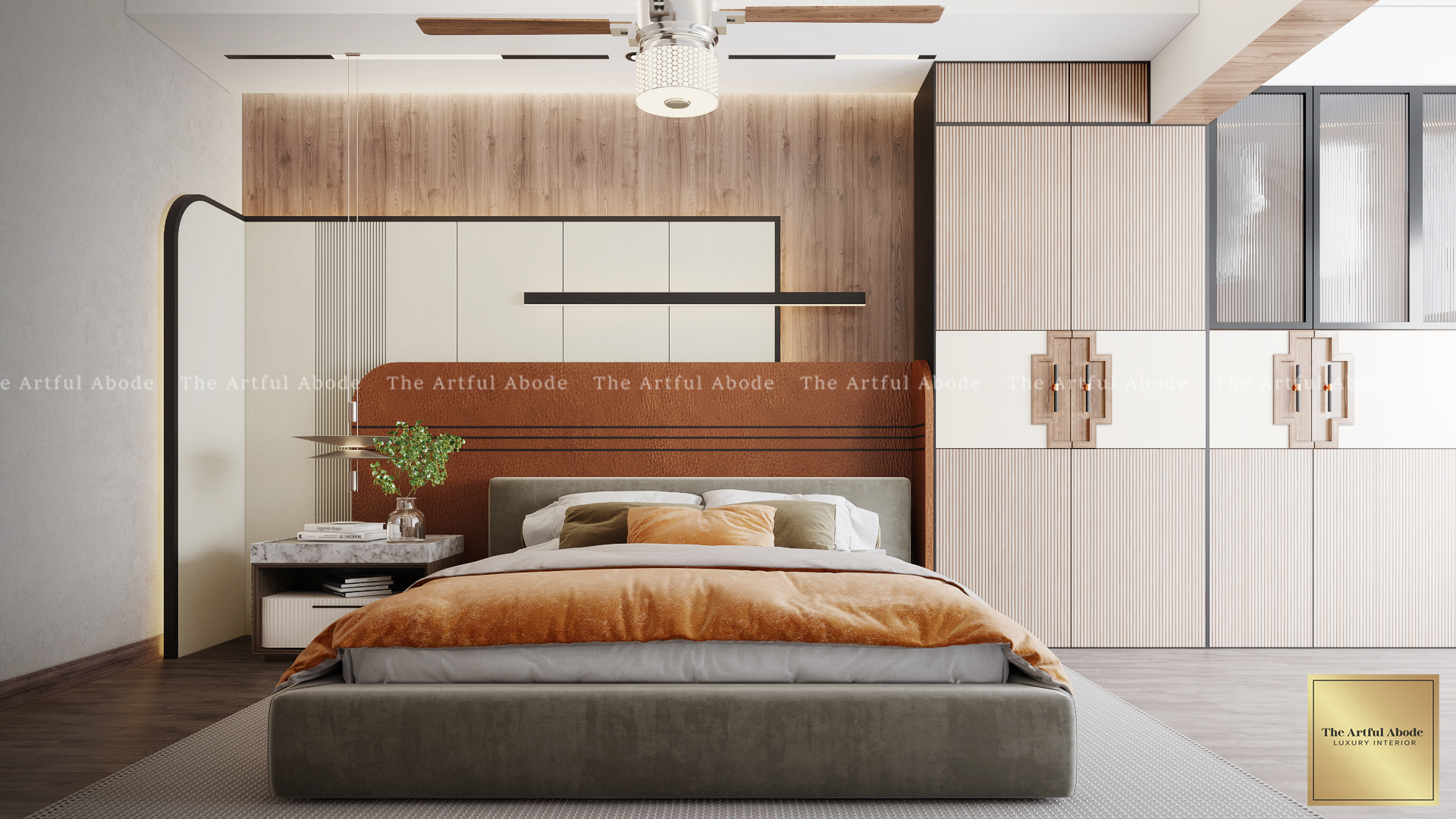
Buying furniture sets where everything matches perfectly creates spaces that look like showroom floors rather than lived-in, curated homes. This approach to living room interior design lacks the visual interest that comes from thoughtful mixing of textures, finishes, and styles.
How to Fix: Mix styles, finishes, and textures with care. Bring together contrasting wood tones, blend metals, and add mixed textures to produce visual appeal. This is a principle to remember when designing living room interior or when designing your whole house interior - difference makes elegance.
10Disregarding the Power of Quality Textiles
Deploying inexpensive, thin materials for curtains, pillows, and upholstery immediately conveys budget decorating. Low quality fabrics appear flat, wear poorly, and fail to provide the richness that lifts the room to feel expensive and high end.
How to Fix: Invest in quality textiles with good weight and texture. Layer multiple textiles to add depth and warmth to your rooms. Similar to learning about existing living room interior design trends 2025, learning how to choose and combine textiles can make or break your space's overall aesthetic.


